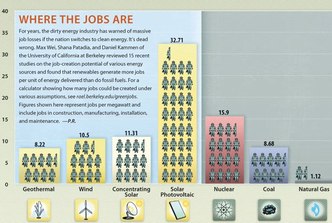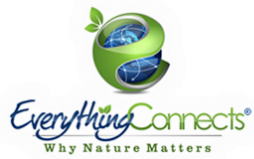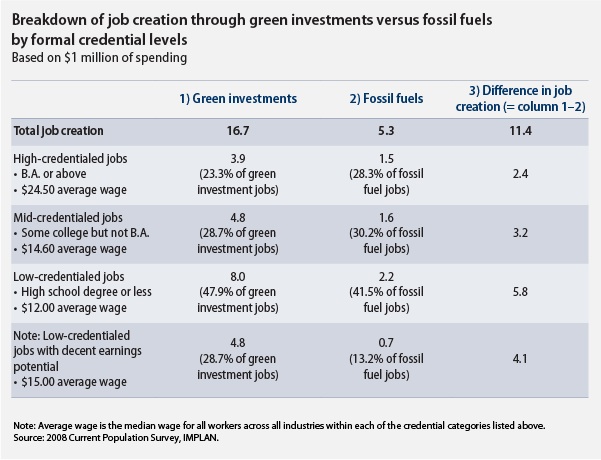Clean, Renewable Energy
|
Navigation
The Intergovernmental Panel on Climate Change (IPCC), which includes more than 1,300 scientists from more than 130 countries, reports that we could meet as much as 43% of global energy demand with renewable sources by 2030, and up to 77% by 2050. Energy Strategy Reviews is more confident, stating that 95% of renewable energy is possible by 2050 with no breakthroughs necessary (see also) and World Wildlife Fund is even more ambitious, stating that 100% global renewable energy is attainable by 2050. Moreover, according to the University of Delaware and Delaware Technical Community College, renewable energy could fully power a large electric grid 99.9% of the time by 2030 at costs comparable to today's electricity expenses. The IPCC has also reported that global availability and obtainability of renewable energy will not limit continued growth and that the external costs of coal combustion (primarily due to health impacts and climate change), which are not currently reflected in the market price of coal power, increase the true cost of coal several times over, whereas the external costs of renewable energy sources are much lower. View the Report "Investing in clean energy makes economic sense – every additional dollar invested can generate three dollars in future fuel savings by 2050." ~IEA
|
 Credit: American Council on Renewable Energy | Click to enlarge
With unlimited resources and near zero pollution, renewable resources, such as solar and wind power, create electricity by harnessing the power of natural cycles and systems turning the omnipresent energy around us into usable, sustainable forms while producing little or no pollution, reducing global warming emissions to almost zero, maintaining a strong, sustainable green economy, attaining energy independence, using up to 15 times less water than coal and nuclear power and allowing the health of people, wildlife and ecosystems to recover after hundreds of years of extracting and burning fossil fuels. According to a study published in Springer’s Journal of Environmental Studies and Sciences, solar and wind power cost less than coal-fired power plants when climate change costs and other health impacts are factored in and as the UN states, "Renewable energy can play an important role in a comprehensive global strategy to eliminate energy poverty. In addition to being environmentally unsustainable, the current energy system is also highly inequitable, leaving 1.4 billion people without access to electricity and 2.7 billion dependent on traditional biomass for cooking. Many developing countries have a rich endowment of renewable energy that can help meet this need." In the United States, a study by the National Renewable Energy Laboratory of renewable energy’s technical potential finds that every state in the nation has the space and resources necessary to generate clean energy and procure the benefits of renewable energy standards. According to the Energy Information Administration (see also), the U.S. can create jobs, despite the media myth of job killing regulations, increase renewable energy generation, improve air quality across the country, and reduce our carbon dioxide pollution - all at effectively zero cost to our economy by adopting a strong national clean energy standard - something that 29 states have already done and are benefiting from. The majority of Americans believe “the U.S. needs to be a clean energy technology leader and it should invest in the research and domestic manufacturing of wind, solar, and energy efficiency technologies.” In Australia, renewable energy is already cheaper than fossil fuels. Even back in 2001 before clean energy really took off, a Renewable Energy Policy Project report found that wind and solar photovoltaic investments lead to at least 40% more jobs per dollar than coal and with the highest documented rate of return of any U.S. federal program, clean energy is more than just clean - it's money smart. The stakes couldn't be higher - if fossil fuel infrastructure is not rapidly changed, the world is headed for irreversible climate change in just five years, according to the International Energy Agency. Learn more.
|
|
All renewable energy sources provide 3078 times the current global energy needs. Learn more.
|
"For a successful technology, reality must take precedence over public relations, for Nature cannot be fooled." ~Richard P. Feynman, Nobel Prize Physicist
|
Last Revised: 11/20/13
Commenting Rules |










